Abandoned buildings can be a great source of images that portray broken emotional connection and also the power of time. However, there is a certain level of preparation and precautionary measures to take into consideration. Photographer James Kerwin with COOPH presents 11 useful tips and tricks to photograph abandoned buildings in the following video:
Before starting out with photographing abandoned building, please be cautioned that urban exploration can be dangerous. Be sure to exercise caution and only enter at your own risk.
1. Go Prepared
Preparation is the key. Kerwin suggests the following points to prepare yourself for photographing abandoned buildings:
- Make use of satellite maps to find locations. Google Maps is often the best source.
- Bring a sturdy tripod with you in case you need to take low light shots.
- Have a flash light or headlamp ready.
- Bring a friend. Who knows what kind of danger might be lurking around.
- Have a lens cloth handy. Abandoned buildings can be dirty, causing dust to settle on the front element of your lens.
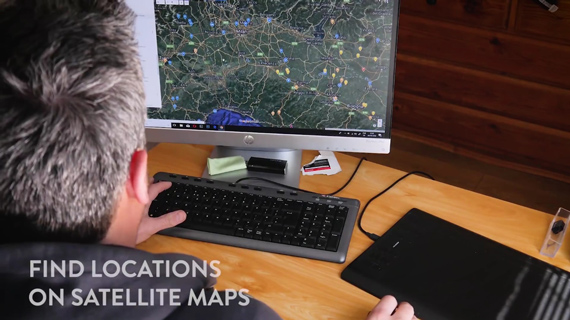
2. Capture Neglect
As mentioned earlier, photographing abandoned buildings is a perfect way to show broken connection—a connection that now seems like neglect. You can use this as an opportunity to document the impact that time has had on the building.
- Shoot abandoned dining tables that previously represented family union.
- Portray how cracks and fissures have developed around the house with the passage of time.
- See if any ceilings have fallen and created a void.
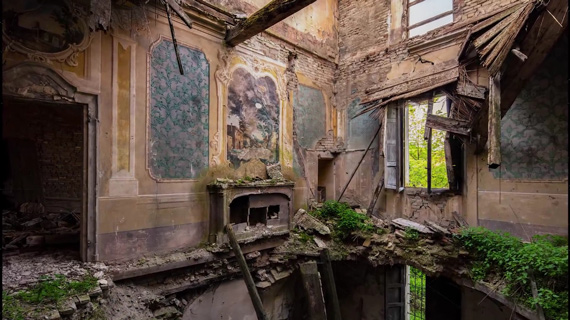
3. Seek Natural Light
Natural light can be the best source to portray the mood in an abandoned building. Artificial light may not allow you to really capture the feeling that an abandoned building possesses. Find a soft, natural light source with some penetrating sunbeams. Such light adds ethereal vibes to your images.
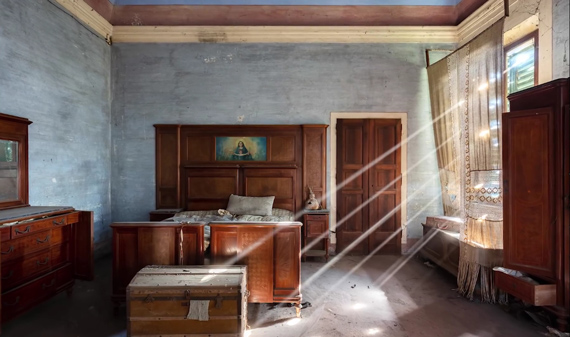
4. Look for Symmetry
Human beings are “programmed” to love symmetry. A symmetrical distribution of elements in your frame can draw the viewer’s attention to your image. Try shooting down the center point for a near mirror mage.

5. Capture Nature
Nature often starts taking over abandoned buildings. Use this as an opportunity and choose to shoot in heavily overgrown locations. This way, you can illustrate that mother nature is the one who is in charge. This also allows you to convey the message that the abandoned building has been long forgotten.
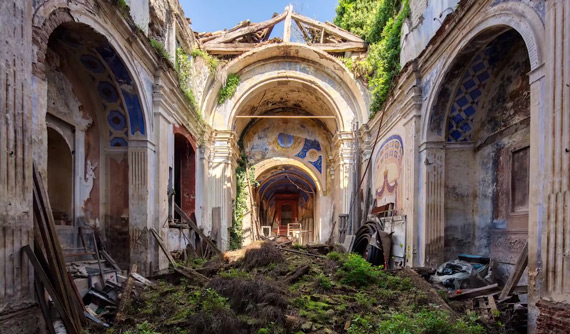
6. Find Shadows
Shadows are other important elements that add drama to your images. Try to incorporate shadows as much as possibles. However, if the lighting conditions are challenging, you can make use of external flashes to brighten up certain images. If done properly, it allows you to create strong contrast and capture dramatic and gloomy aesthetics.

7. Include Staircases
Stairs form compelling leading lines. Keep and eye out for staircases and shoot square on. To further add interest, you can also use staircases to add geometric elements to your image.
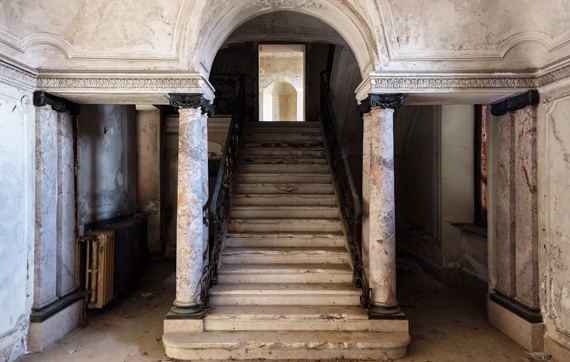
8. Add Shapes and Patterns
Look around the struture and try to find some appealing shapes and patterns. We tend to perceive regular patterns as calming effect and are naturally attracted to them. On the other hand, asymmetrical patterns create busy and chaotic visuals and can still draw attention. Try to play around and find out what your viewers prefer.
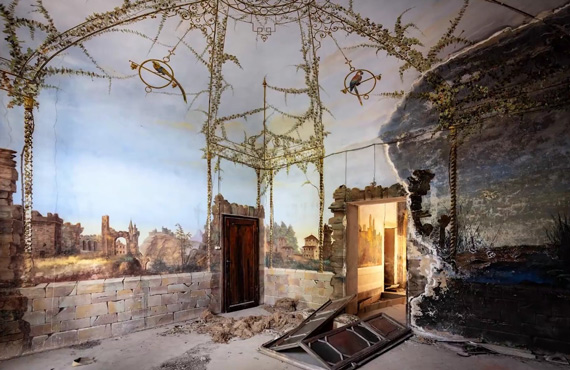
9. Shoot in Black and White
Shooting in black and white can be a great method to flatten contrast and give the image an aged look.

10. Look for Vibrancy
The building might have fallen apart, but there can still be areas inside that are vibrant and colorful. Spend some time to look around and find some vibrant scenes and capture the beauty of abandonment. Make the colors in your images pop during your edit.
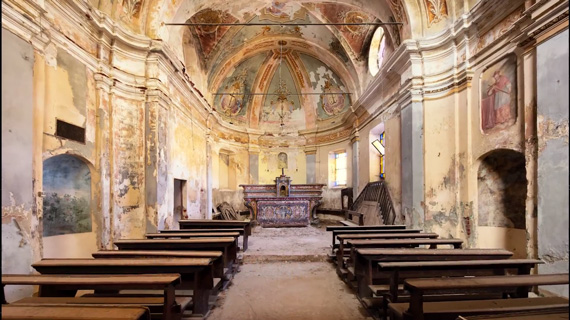
11. Use a Tilt Shift Lens
If the ceilings are high, you might have a difficult time getting an image with straight walls and pillars. They help you in getting images without perspective distortion. Using tilt shift lenses, you can also experiment with panoramas and ultra wide shots. To give a sense of how high the ceiling really is, you can even add a person to the scene.
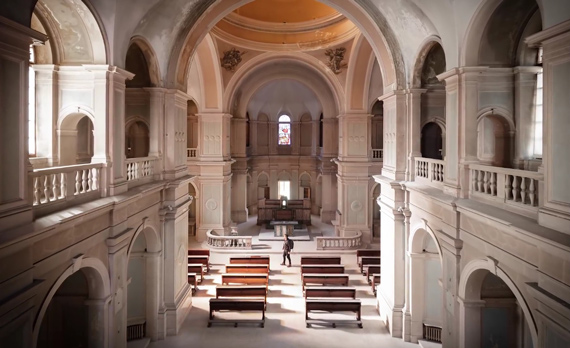
Photographing abandoned buildings can be a great exercise to push your creative limits. I hope that you can make use of some of the tips and tricks discussed in the article on your next outing.
Go to full article: Abandoned Building Photography Tutorial: 11 Tips
What are your thoughts on this article? Join the discussion on Facebook
PictureCorrect subscribers can also learn more today with our #1 bestseller: The Photography Tutorial eBook
The post Abandoned Building Photography Tutorial: 11 Tips appeared first on PictureCorrect.
from PictureCorrect https://ift.tt/2z7wuAN
via IFTTT






0 kommenttia:
Lähetä kommentti